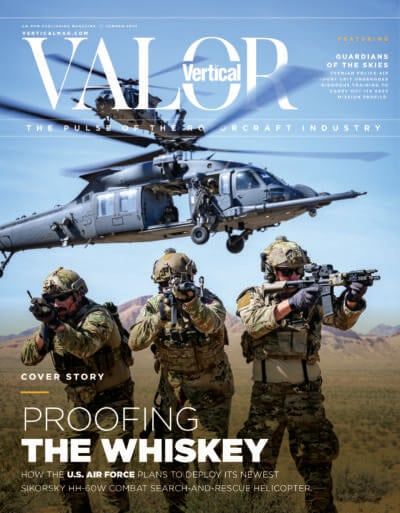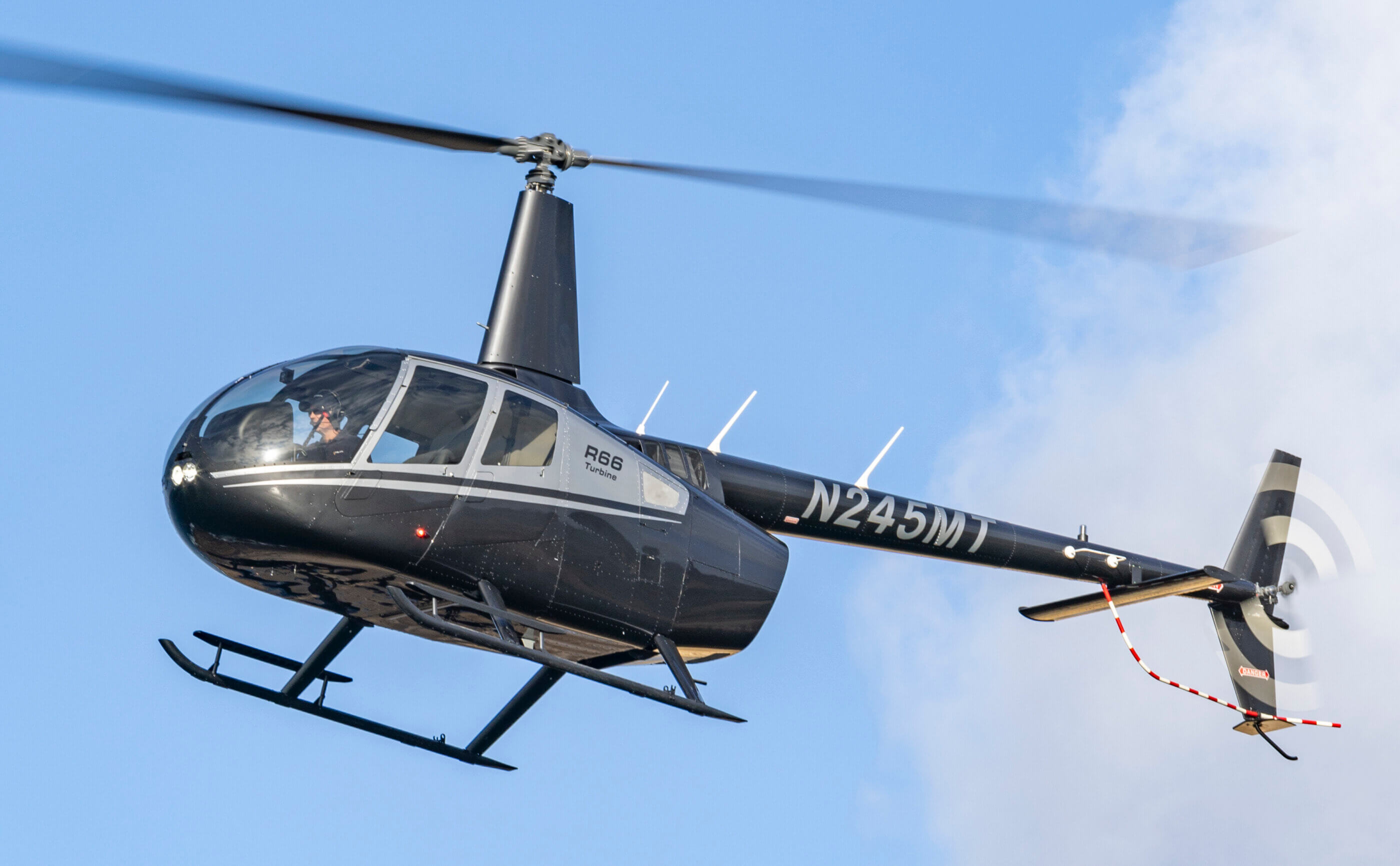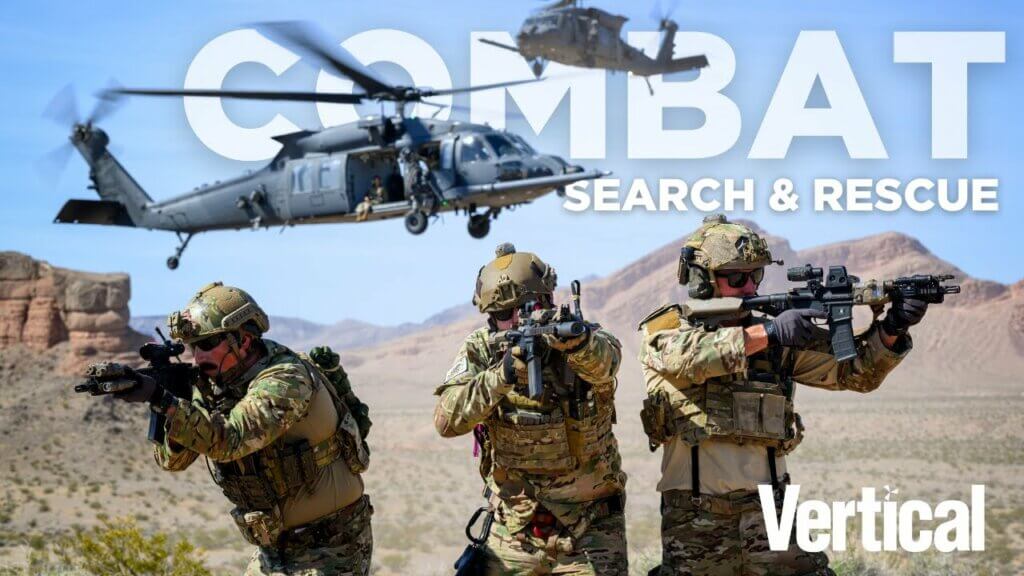Robinson Helicopter Company is unhappy with proposed rules in the United States that would expand the category of light sport aircraft to allow for larger and more powerful platforms, arguing it would reduce oversight and increase risk in helicopters of this class.
David Smith, vice president of operations at the Robinson Helicopter Company, told Vertical that the Federal Aviation Administration’s (FAA) proposed Modernization of Special Airworthiness Certification (MOSAIC) requirements are objectively lower than Part 27 requirements. These prescribe airworthiness standards for normal category rotorcraft weighing up to 7,000 pounds (3,175 kilograms) and as many as nine passenger seats. Smith said it would hurt the entire rotorcraft industry through higher insurance costs, more trial attorney attention and bad press if these expanded light sport aircraft crash.
“For complex aircraft like rotorcraft, we have some good examples in the experimental home-built categories that really do question whether you can go a lot lighter, simpler and cheaper and still maintain safety,” Smith said.
The FAA, with MOSAIC, proposes to amend rules related to the certification and operation of light sport aircraft. In its notice of proposed rulemaking (NPRM) published in July 2023, the agency proposes expanding the light sport aircraft category to include aircraft weighing as much as 3,000 pounds (1,361 kilograms). The FAA believes this will encourage aircraft owners, who may be deciding between an experimental aircraft or a light sport aircraft, to choose aircraft higher on the safety continuum and, therefore, meet higher aircraft certification requirements.
Robinson proposes the FAA, instead, make it easier to type certify these larger and more powerful rotorcraft that would qualify as light sport aircraft under MOSAIC. The proposed rules, said Smith, try to adapt the current certification approach to allow more, and novel, aircraft to be certified safely and efficiently.
Robinson prefers to make the existing type certification process more efficient with better resourcing and accelerators to the existing process, rather than add an alternative safety standard. The type certification process, Smith said, does not lead to expensive and over-burdensome management of keeping rotorcraft airworthy or certifying them. Rather, the type certification process adds very little to the cost of a product that a rotorcraft developer would sell to the public.
“It does add time, but that is an acceptable way to ensure products are adequately tested prior to entry into service,” Smith said.
Helicopter Association International (HAI), which includes Robinson as a member, supports MOSAIC including rotorcraft as light sport aircraft. HAI, commenting on the proposed rules, believes this will increase the variety of aircraft available to aviation enthusiasts and provide economic benefits to the industry in aircraft manufacturing and related support services.
Smith said Robinson did not formally provide comment on MOSAIC to the FAA because of a leadership change among engineering staff that governs certification efforts. FAA spokesman Ian Gregor on Feb. 13 declined comment on the progress of MOSAIC.









